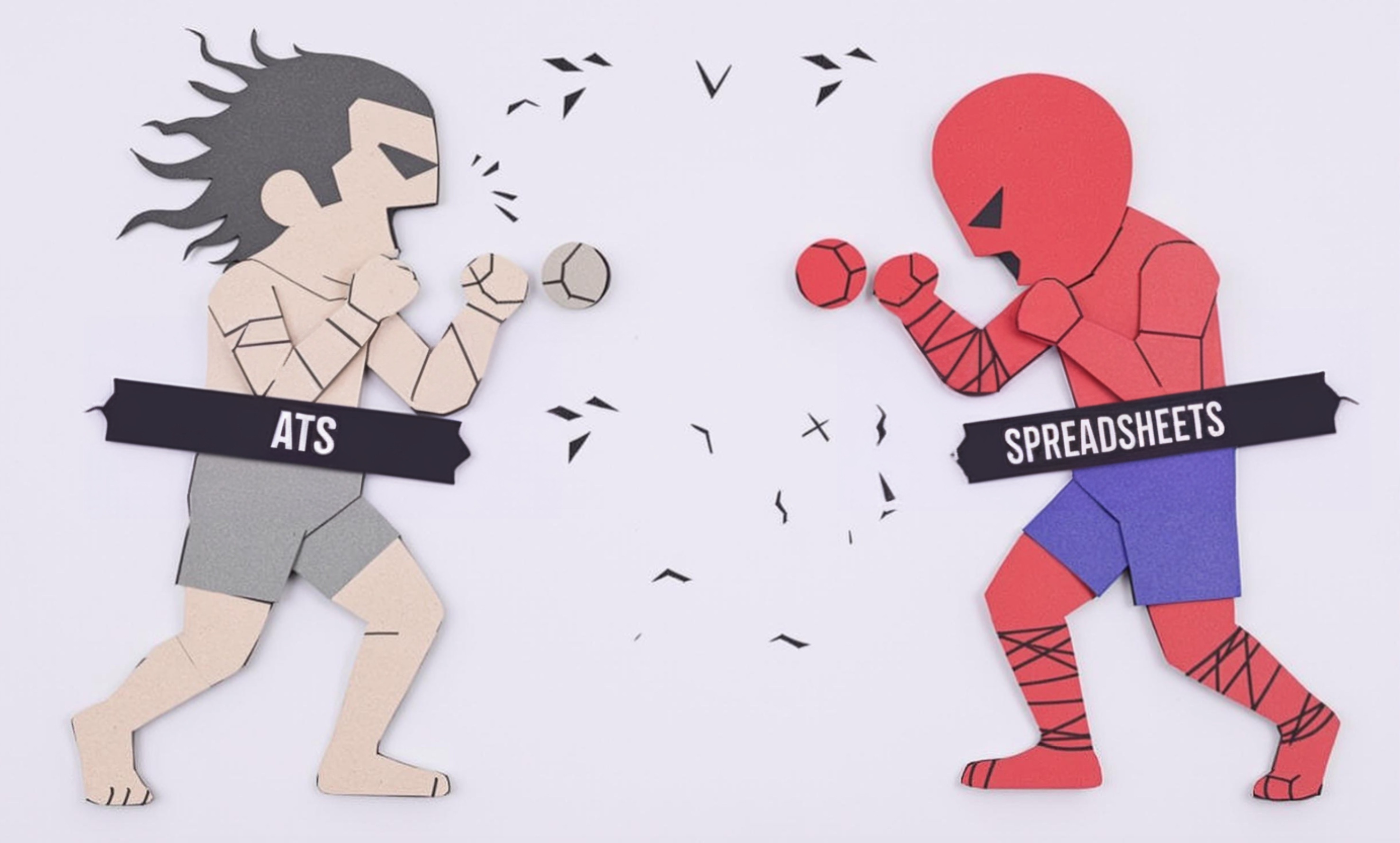
Drain Solenoid
A Drain Solenoid is a common electrical part found in many household appliances, especially washing machines and dishwashers. Think of it as an automatic water control switch that opens and closes to let water flow out of the appliance at the right time. When someone lists this on their resume, it shows they have experience working with appliance water systems and electrical components. It's similar to a water valve, but electrically controlled. Understanding drain solenoids is important for appliance repair technicians because these parts frequently need diagnosis, replacement, or maintenance.
Examples in Resumes
Diagnosed and replaced faulty Drain Solenoid units in over 200 washing machines
Trained junior technicians on Drain Solenoid testing and installation procedures
Maintained service records for Drain Solenoid replacements and repairs
Typical job title: "Appliance Repair Technicians"
Also try searching for:
Where to Find Appliance Repair Technicians
Professional Organizations
Online Communities
Job Resources
Example Interview Questions
Senior Level Questions
Q: How would you troubleshoot a washing machine that won't drain but the drain solenoid tests okay?
Expected Answer: A senior technician should explain the step-by-step diagnostic process, mentioning checking for clogs, testing the control board, checking wiring connections, and verifying proper voltage to the solenoid. They should also discuss how to explain these issues to customers in simple terms.
Q: How do you train new technicians on drain solenoid diagnosis and replacement?
Expected Answer: Should describe their teaching method, safety procedures, common mistakes to avoid, and how they ensure quality work from trainees. Should mention documentation and warranty procedures.
Mid Level Questions
Q: What are the signs of a failing drain solenoid?
Expected Answer: Should list common symptoms like slow draining, unusual noises, water remaining in the machine, and explain how to confirm the diagnosis before replacement.
Q: How do you ensure proper installation of a new drain solenoid?
Expected Answer: Should describe the installation process, including safety checks, proper mounting, electrical connections, and testing procedures to ensure correct operation.
Junior Level Questions
Q: What safety precautions do you take when working with drain solenoids?
Expected Answer: Should mention unplugging the appliance, checking for water, using proper tools, and following manufacturer guidelines.
Q: What tools do you need to replace a drain solenoid?
Expected Answer: Should list basic hand tools, multimeter for testing, manufacturer documentation, and safety equipment needed for the job.
Experience Level Indicators
Junior (0-2 years)
- Basic appliance repair knowledge
- Simple part replacement
- Following repair manuals
- Basic electrical safety
Mid (2-5 years)
- Independent diagnosis and repair
- Multiple appliance brand experience
- Customer service skills
- Electrical system understanding
Senior (5+ years)
- Advanced troubleshooting
- Training and supervision
- Complex repair procedures
- Quality control management
Red Flags to Watch For
- No hands-on appliance repair experience
- Lack of electrical safety knowledge
- No understanding of water systems in appliances
- Unable to read technical manuals or diagrams




